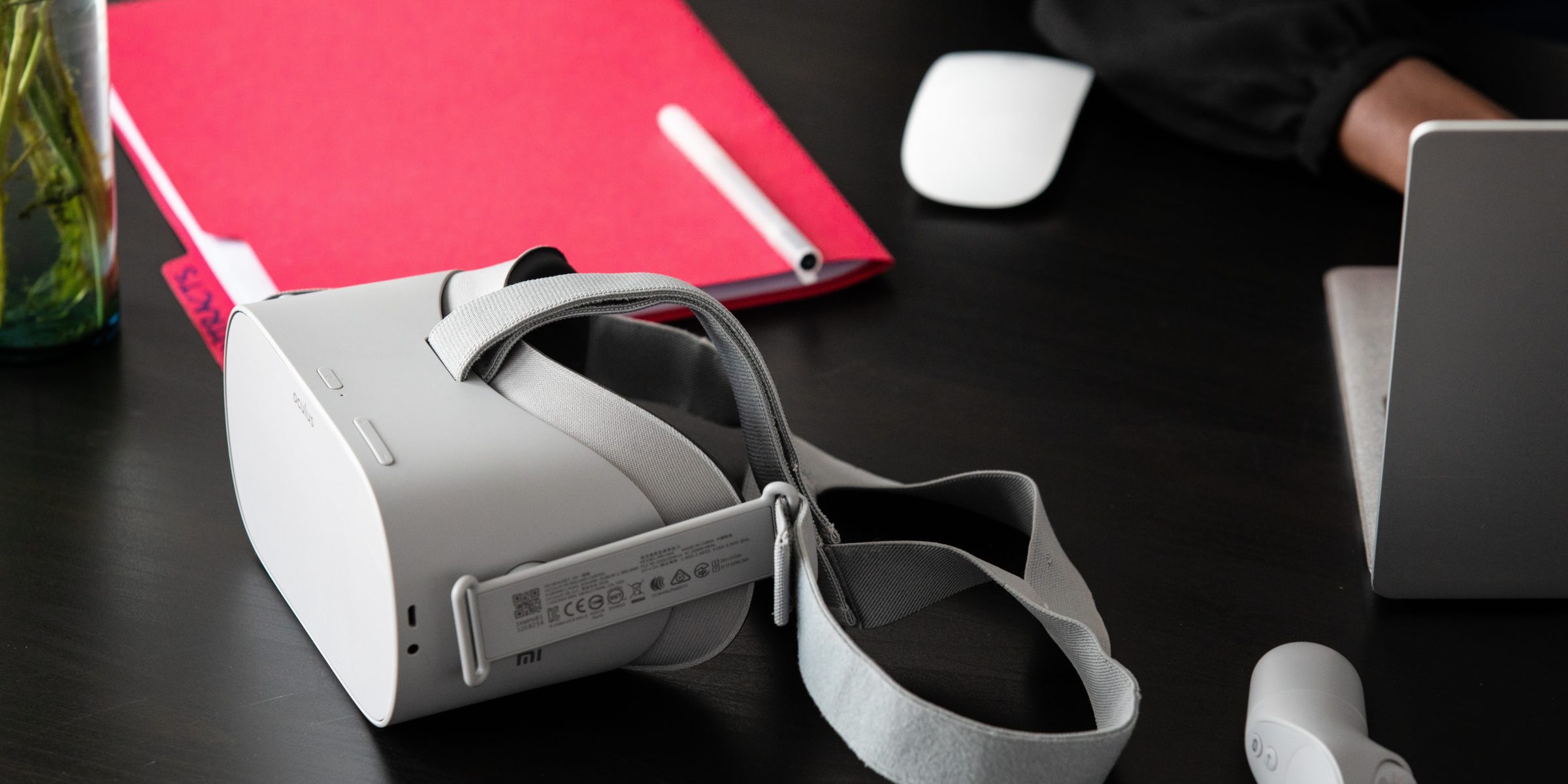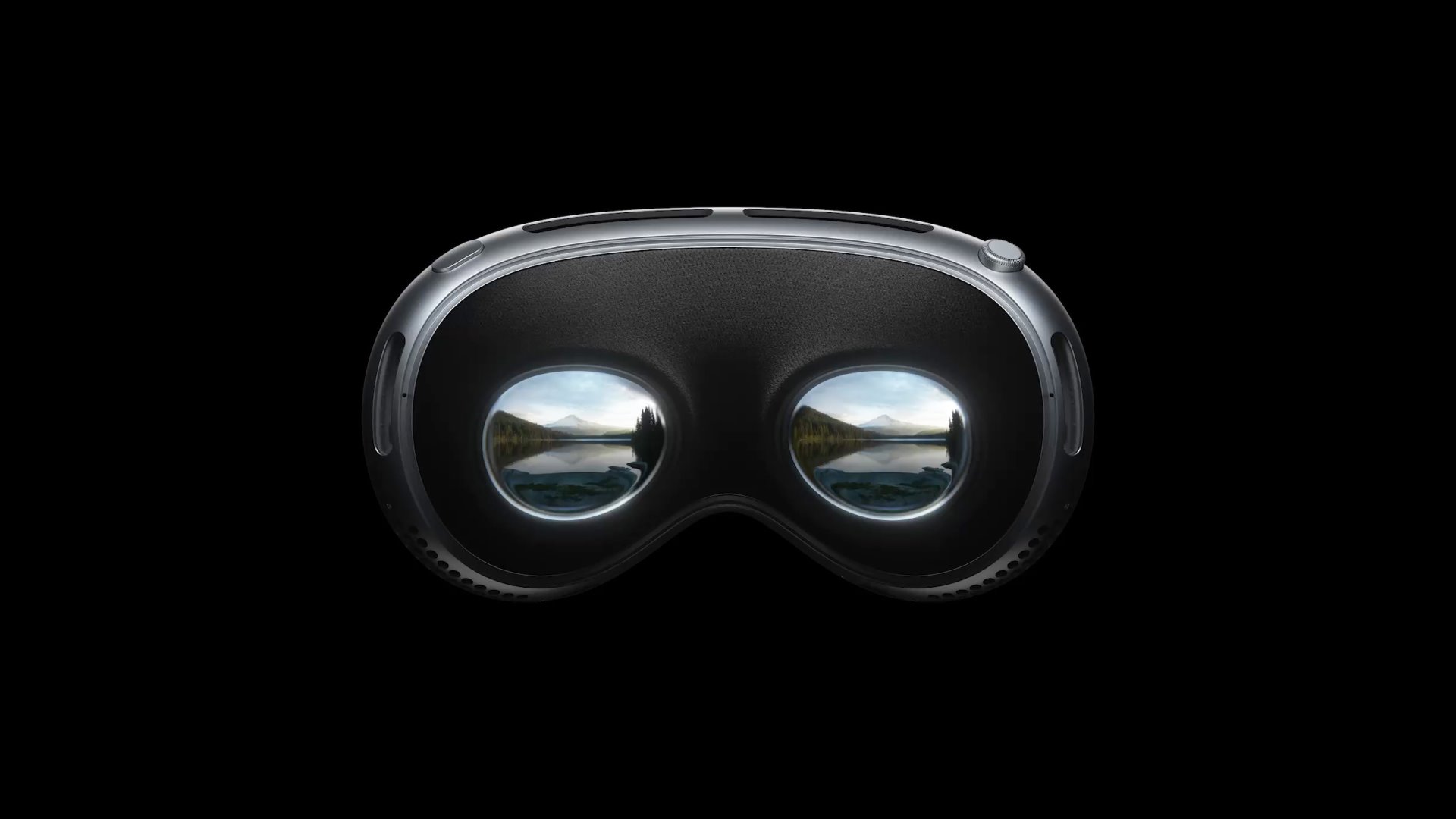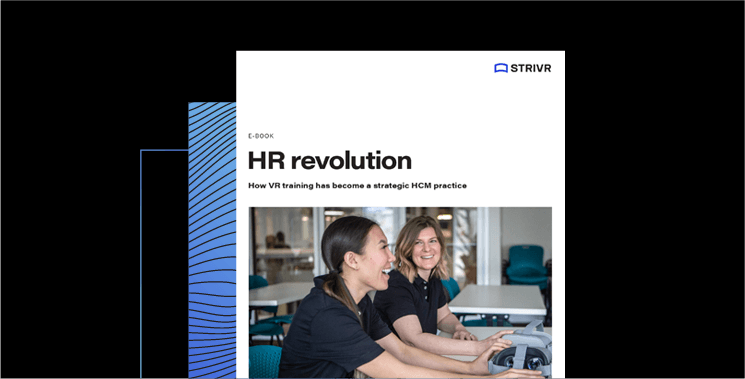The majority of today’s workforce was raised on digital technology.
In an evolving workplace, many companies have employees that span up to five generations, with a wide range of work styles and expectations for learning. While attracting talent has become increasingly competitive, HR leaders also have to grapple with how to retain and support existing employees.
Some of the largest companies in the world, including Verizon, JetBlue, and Walmart, have transformed traditional HR training practices through the use of innovative new technology like Virtual Reality (VR).
VR-based HR training is creating engagement in learning, one employee at a time
Every HR professional is thinking about employee engagement. And there is nothing more engaging than VR-based HR training to train the workforce. When VR is combined with advanced learning theory, data science, and spatial design, the result is highly engaging and effective training known as Immersive Learning.
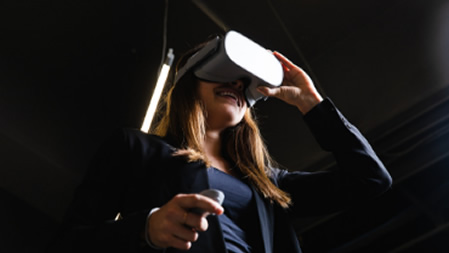

Defining Immersive Learning
HR leaders have discovered that using VR-based HR training helps drive tangible results with regards to engagement and retention. The complete immersion in VR makes learners feel like they’re really in the situation – a phenomenon known as “presence.”
In fact, there is a vast amount of academic research about VR’s effects on the brain. These studies indicate that the brain actually treats VR experiences just as it would real experiences. With Immersive Learning:
- Learners strengthen the brain connections needed to drive real-world and on-the-job learning behaviors.
- Learners can’t help but fully engage at deeper levels, since VR captures their undivided attention in an interaction-rich environment.
- Learners get repetition learning on-demand, which is ideal for long-term retention.
- Learners can be safely immersed in an environment that would be too dangerous, expensive or even impossible to train in live.
- HR organizations gain access to rich and detailed data through VR experiences about how learners performed in training.
Watch webinar with VR expert Jeremy Bailenson on why VR for training
For all these reasons, HR organizations are using Immersive Learning to boost engagement and, better yet, build the confidence of their people.
Building employee confidence
Overall, employees achieve a higher degree of learning with Immersive Learning than with traditional forms of training. And that leads to confidence.
Many HR leaders report that with VR-based HR training, not only do their employees enjoy it – an accomplishment in its own right – but they also walk away feeling more confident in their jobs. Employees are able to practice in a safe virtual environment, giving them reps in a simulated but realistic workplace.
-Andy Trainor, VP of US Learning, Walmart
We always knew training associates was the right thing to do. Teaching someone how to do their job makes them more effective and more productive. What we underestimated was the confidence that it gave them, not only in themselves but in the role they play in the store and even in their own personal life.”
Essentially, Immersive Learning is “learning by doing,” which most HR professionals would agree is more effective than “learning by watching.” This gives employees the confidence to take action in their roles, whether it’s a rare scenario like armed robbery or an everyday situation like approaching a customer who looks lost.
One of the best examples of employee confidence coming to life is a story from Walmart, who uses VR training for over a million associates nationwide. One particular store was collecting feedback from customers wondering if the store had hired more people because so many associates were present and ready to help.
In fact, the store hadn’t hired more people, but the current associates had trained with Immersive Learning. It turned out that the team was simply more confident in approaching and helping customers thanks to their training.
Top HR use cases for Immersive Learning
For HR organizations across major industries, immersive technology is making an impact. Here are some of the top ways that HR leaders are using the Immersive Learning methodology through VR-based HR training to train the workforce.
Employee onboarding
New hires have a lot to take in when they start. It’s hard to remember everything, and you really don’t know what the job is like until you start doing it. But HR leaders can use VR-based HR training to better prepare new hires for the things they’ll actually experience on the job in a memorable way. At a construction equipment company, new hires get the experience of being on a job site virtually, learning about safety, quality, and production.
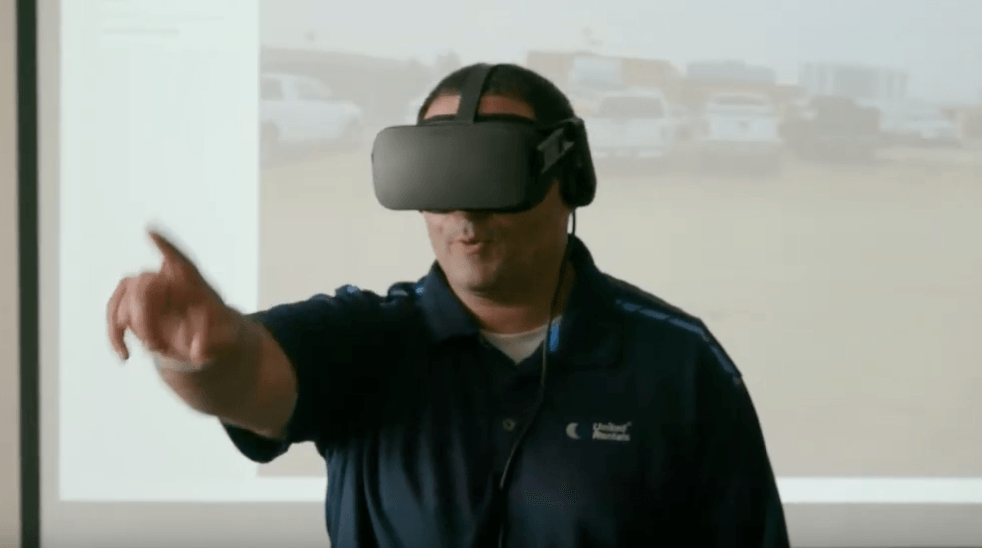

Handling difficult conversations
Soft skills are more important at work than ever. Managers have to learn how to have tough conversations with their team, and those team members should also learn how to provide feedback to their managers. And that’s just internal; conversations with customers can often be difficult to navigate, as well. Immersive Learning offers a safe environment for learners to make mistakes and practice soft skills just like they would any other workplace skill.
At Lucile Packard Children’s Hospital at Stanford, for instance, 20 staff members used VR during a pilot program to practice having difficult conversations. Afterward, 95% of them said the simulation generated emotional stress similar to what they’d expect in a real patient encounter, and 98% said they’d be willing to try the program again. Read more in the article from Stanford Medicine.
Safety procedures
Creating a safe workplace is imperative for employee engagement and happiness at work. HR needs to assist in instilling safety practices that employees remember so that in the case of an emergency, their people are prepared. This is where VR can bring HR training courses to life. It’s what led Verizon to Immersive Learning for training store associates on armed robbery scenarios.
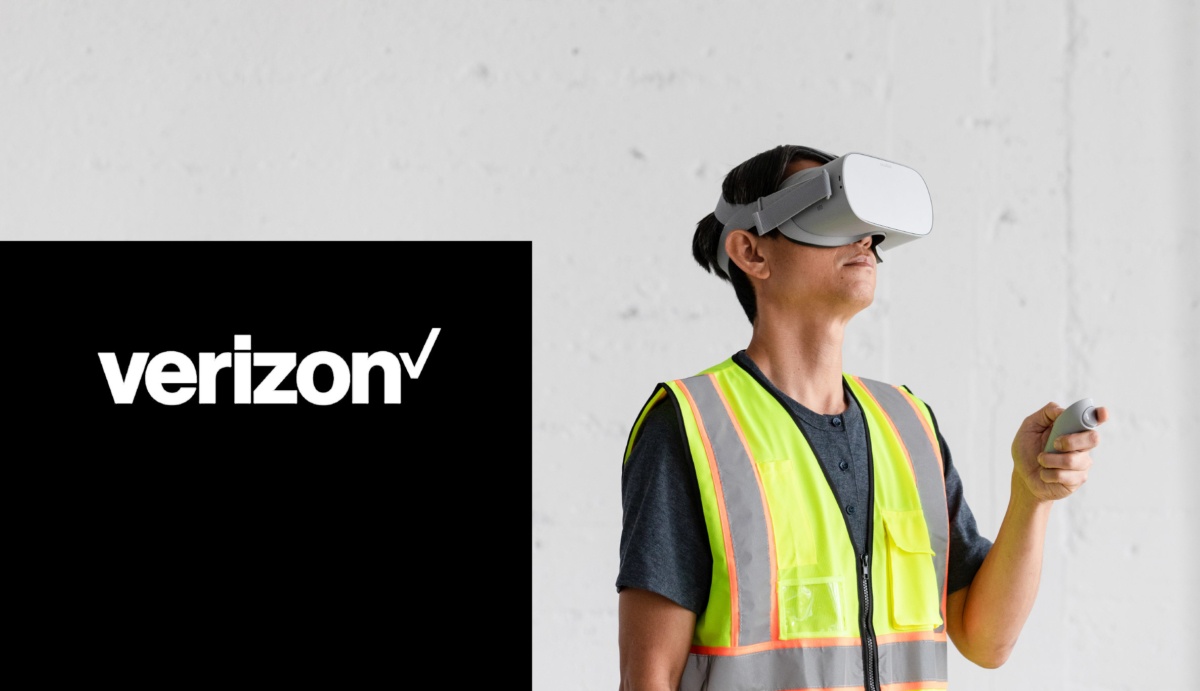
These are just some examples of how HR leaders are using VR-based HR training to better prepare their workforce, from the retail storefront to the construction site.
As the workplace and workforce continues to transform, it is up to the HR function to support these changes and serve the best interests of their employees. With Immersive Learning, they’ll do just that.
Next steps: Check out the HR ebook to captivate your workforce and improve employee experience
